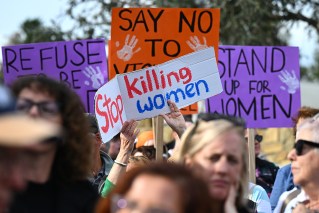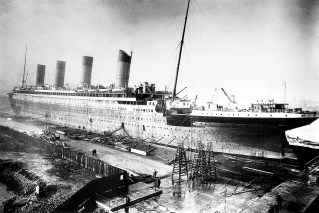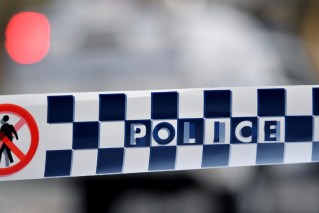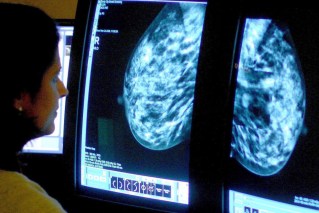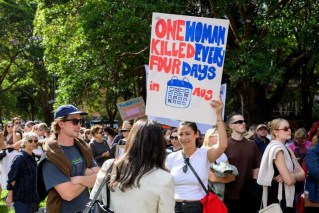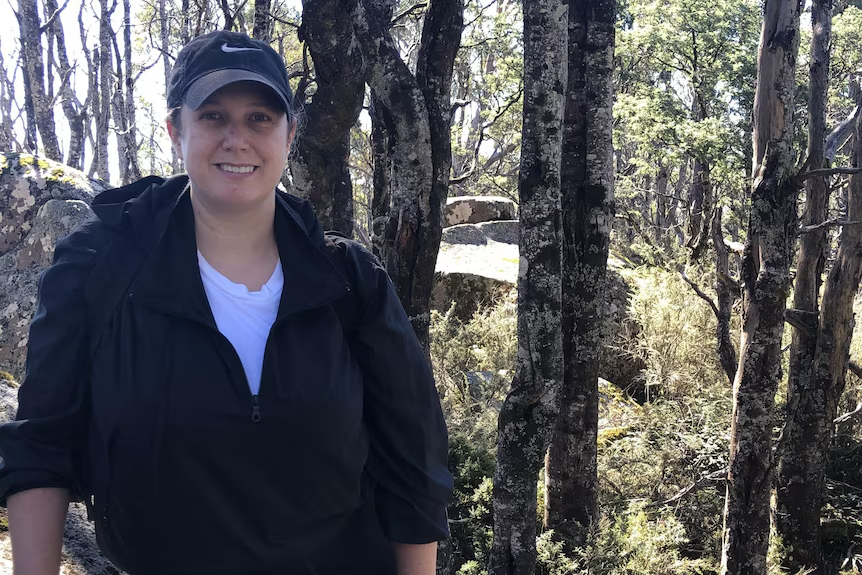Michael Pascoe: Government steps up its multibillion-dollar grants rorting

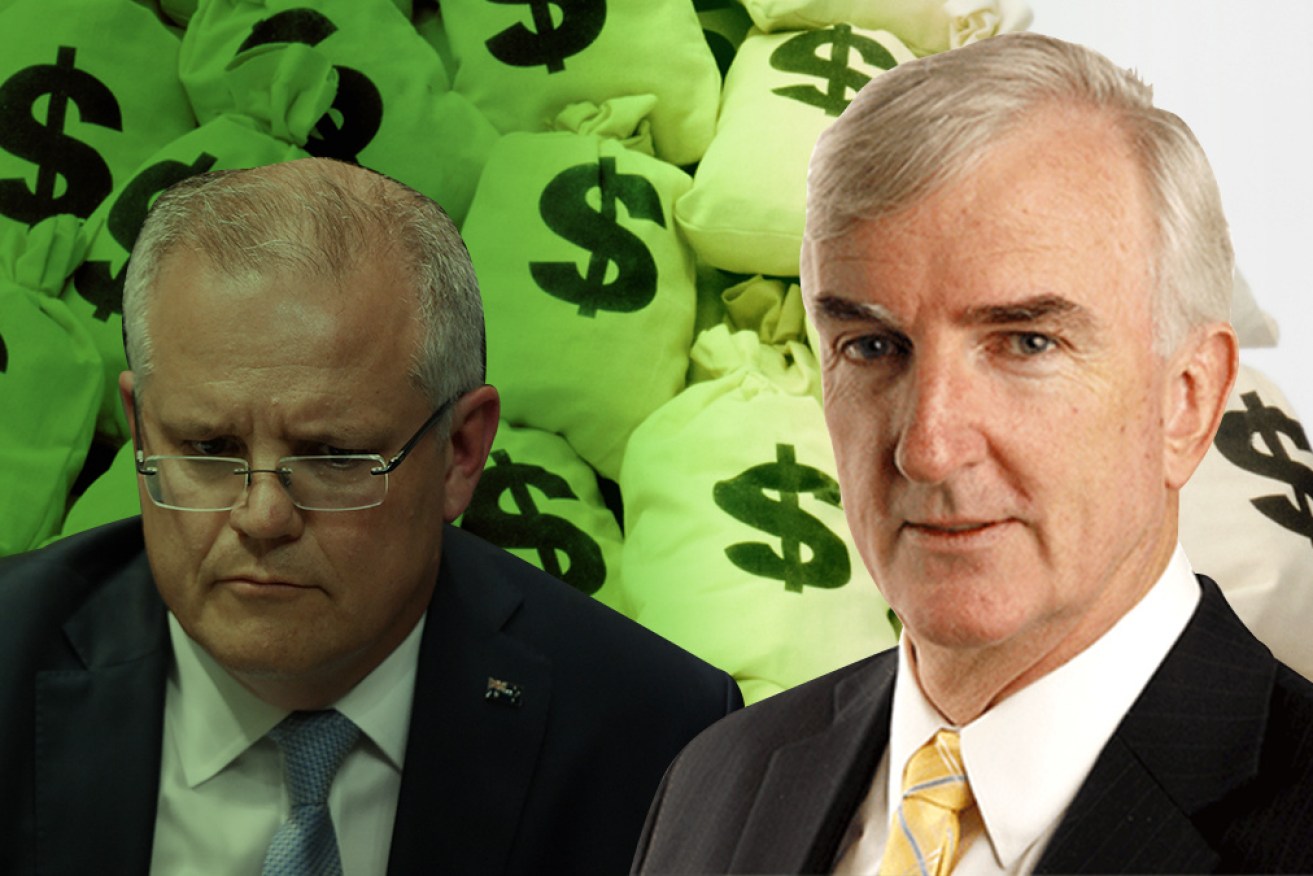
Michael Pascoe says spending on the government’s Community Development Grants program has increased this year. Photo: AAP/TND
The federal government has boosted its core $2.5 billion political slush fund with identifiable investment in the Community Development Grants program over the first nine months of this year already nine per cent higher than all of 2019’s election-inflated CDG rorting.
And the $311.5 million of CDG spending published on the government’s GrantsConnect site so far doesn’t include the $23 million that featured in Pauline Hanson’s novelty cheque for a north Queensland rugby league stadium earlier this month.
The seventh year of the Coalition’s purpose-built CDG scheme follows the same MO as the preceding six and the Morrison/McKenzie #sportsrorts scandal – an overwhelming bias towards Coalition electorates and other “seats of interest”.

Scott Morrison and his government, minus Bridget McKenzie, continue to target grants towards Coalition electorates and other “seats of interest”. Photo: AAP
Spreadsheet sleuth Vince O’Grady has crunched the numbers declared on the GrantConnect site.
His colour-coded Excel document shows:
- Labor-held electorates received just 28 per cent of the money although the ALP holds 45 per cent of the seats
- Coalition electorates picked up 61 per cent of the cash – $190 million
- 61 per cent of ALP seats have not received any CDG funding this year
- Only 31 per cent of Coalition seats have missed out
- The people of Indi would do very well to keep narrowly electing an independent member – Indi had the third-highest CDG score of $18.7 million spread across five projects
- Indi dominated the $33.8 million that went to seats not held by Labor or the Coalition, but the Greens’ seat of Melbourne did nicely with $7.7 million, Andrew Wilkie’s Tasmanian seat of Clark scored $6.1 million and Bob Katter’s Kennedy continued its habit of being graced with federal money, this time $1.1 million
- In contrast, the remaining two independent seats appeared to be punished with not a cent for Zali Steggall’s Warringah (that’ll teach them to dump Tony Abbott) and only $220,000 for South Australia’s Mayo (ditto for rejecting Georgina Downer)

Western Australia, led by Premier Mark McGowan, received only 5.5 per cent of grants. Photo: AAP
- The worst-rewarded state was Coalition-loyal WA – only 5.5 per cent of the pot. The WA federal electorates aren’t going anywhere
- The state to be for CDG political largesse is Tasmania. It only accounts for two per cent of Australia’s population and three per cent of House of Representatives seats, but it has received 17 per cent of the CDG pork barrel so far this year. It might be a coincidence that the government gained two seats in Tasmania at Labor’s expense last – but it’s probably not
- One of the seats that changed hands, Braddon, has done especially well. After picking up $23.6 million in CDG last year, it has added another $18.1 million so far this year, the fourth-highest of any seat in 2020
- The electorate to score the most CDG money this year, $23.6 million, also is in Tasmania but, totally against the run of play, it is Lyons, held comfortably by Labor. No, I don’t know why

Dave Sharma won back the seat of Wentworth from independent Kerryn Phelps. The seat received $18.9 million. Photo: AAP.
- The second-highest win, $18.9 million, went to Wentworth in Sydney’s eastern suburbs. Wentworth is notable for being Australia’s richest electorate and therefore perhaps not one you might think is most in need of taxpayers’ money for building community infrastructure – but it also was won by the Liberal Party’s Dave Sharma last year from independent Kerryn Phelps
- At the other end of the wealth scale, two of Australia’s three poorest electorates – Spence in northern Adelaide and Blaxland in Sydney’s western suburbs – are scoreless in the CDG rorting competition this year, which means they are running to form. Over the seven years now of the CDG scandal, GrantConnect shows Blaxland has received just $20,000 and Spence $200,000
- There is a Liberal electorate that has fared worse though, Bradfield, the party’s safest seat. It is held by Paul Fletcher, well known for being the minister having to explain why the government has decided to make the NBN fibre-to-the-household after all and the relevant minister when the government paid $30 million for a $3 million block of land near Sydney’s new airport. He’s also the minister for slipping Rupert Murdoch’s Foxtel $17.5 million – but despite his apparent generosity, he hasn’t rolled a cent out of the CDG pork barrel for his electorate. Bradfield also holds the title for getting the least out of #sportsrorts
There is no surprise in the CDG scheme continuing to be used as a political slush fund – that is what it was specifically designed to be.
A body can only apply for a grant if the government invites it to do so.
The identification process is not left to public servants who might suffer from a lack of political bias – it is done by government members and their political appointments.
It is fundamentally corrupt.
The danger with the looming budget’s stimulus spending is that many billions more will be funnelled through the CDG racket.
If the government continues to run to its form with grant rorting, what we’ve seen so far might end up as chicken feed.

